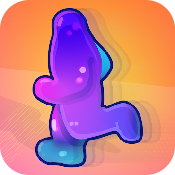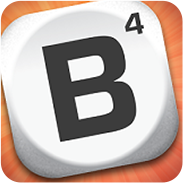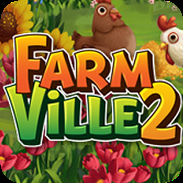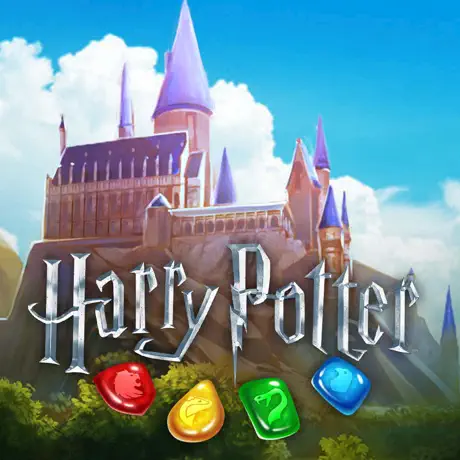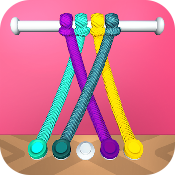ZAPI Celebrates Holi
Holi is originally a Hindu festival termed “the festival of colors.” Today, this vibrant festival is celebrated by a variety of communities in India and throughout the world to celebrate the arrival of the spring season, the blossoming of love, and the opportunity to gather, play, and laugh with family and friends.
This year, Holi begins on Sunday, March 28th and ends on Monday, March 29th. While festivities have shifted for the second year in a row as a result of COVID-19, our team members have found creative ways to celebrate and partake in the occasion. Whether it is holding video calls with family, friends, and loved ones to ensure a safe, socially distant celebration, our team members are stocking up on colors, sweets, Pichkari, and setting their musical playlists in anticipation of Holi.
Learn how our ZAPI (Zynga Asian and Pacific Islander) community members have celebrated Holi in the past and what the festival means to them.

Photo courtesy of Parikshit Agnihotry
Parikshit Agnihotry
Senior Architect | San Francisco, CA
Holi has been one of the festivals that I’ve looked forward to every year since I was a kid. It is a harvest festival which is celebrated with colors so everyone you meet is covered in various vibrant colors. It is truly a unique and special event.
We celebrate this day by meeting friends and playing with colors, including dry colors, water-based paints and water guns. We end the day by enjoying special food items.
In the Bay Area, an organization called Asha hosts a wonderful Holi festival every year.

Photo courtesy of Sheetal Joshi
Sheetal Joshi
Director, HR Business Partner | Austin, TX
Holi brings back color-drenched vivid memories of my childhood. While I still celebrate the festival with much gusto, I am less adventurous with the color splashing!
Holi is a spring festival and the date each year can change based on the lunar calendar. The build-up to Holi is as much fun as the day of Holi itself. We prepare by buying all the different colors, water guns, water balloons, etc. Sweets and special festive food items are prepared a few days in advance. Plans are made for friends and family to gather and celebrate Holi together.
On the day of Holi, there is excitement, fun and laughter everywhere. People enjoy splashing color on each other. By the afternoon, a lot of people are unrecognizable due to the several layers of color they find themselves covered in.
Holi evenings are much more relaxed and sans color, where people visit friends and family and enjoy Holi sweets and snacks together.

Photo courtesy of Kalyani Gumma
Kalyani Gumma
Senior QA Analyst | Austin, TX
Holi is termed “the festival of colors”! Its origin is based on a legend of a demon king who wanted to be God, but was slain instead.
For me, Holi began as an escape from daily school routines and the opportunity to spend time with friends and family. At the time, I was not fond of the ritualistic color-smearing.
Fast-forward to college, Holi brought a feeling of accomplishment from hosting events at my college campus. Today, the idea of the festival has been morphed into a reason for friends and family to gather and socialize.
Holi has transcended from a local tradition to a global celebration in many countries, just like other festivals that originated in India!
Mehul Mittal
Architect | San Francisco, CA
Back home in India, Holi is celebrated over the course of two days.
The night before, there is a religious ritual around a fire (similar to a bonfire) where people gather to celebrate and watch the fire burn. Some people roast grains such as wheat and chana (green chickpeas).
The following morning is the main day on which Holi is celebrated when friends and families get together and smear each other with colors. Apartment complexes, gardens and special event spaces in India fill the areas with music, food and water fountains so people can mingle, dance, throw colors and have fun. Kids run around with water guns, water balloons, and colors.



